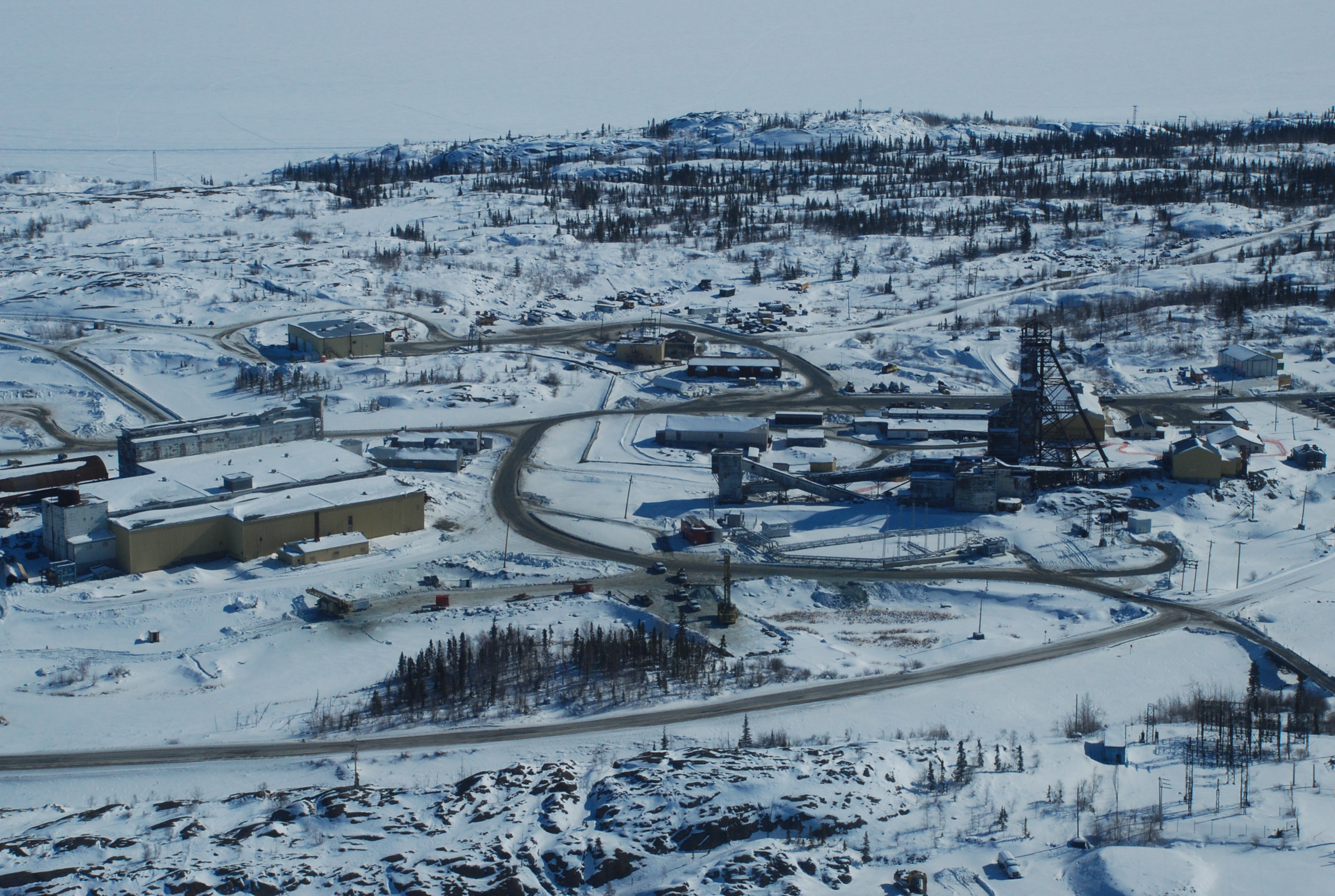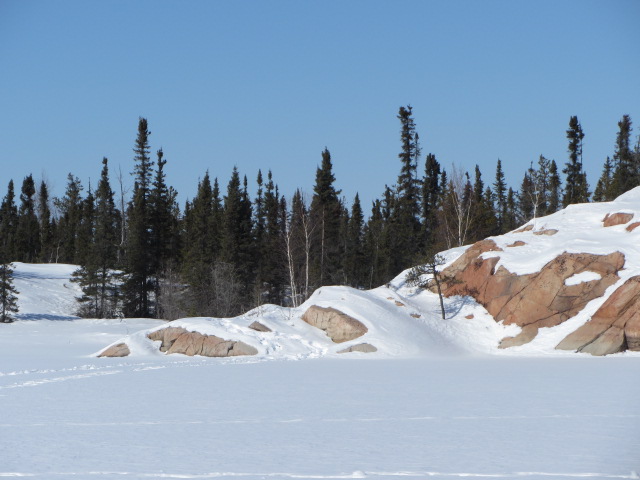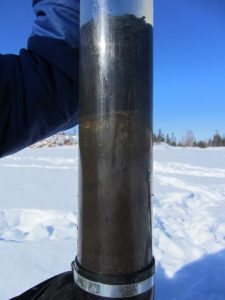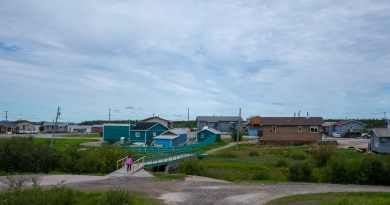Arsenic contamination persists in Yellowknife lake a decade after gold mine shut: study

A tiny subarctic lake near Yellowknife in Canada’s Northwest Territories still contains high levels of arsenic years after gold mines in the area stopped releasing the highly toxic contaminant, according to a new study.
The study led by researchers at the University of Ottawa, and published last week in Proceedings of the Royal Society B, found that the ecosystem in Pocket Lake was severely affected by arsenic contamination from various mines operating in the area, particularly in the 1950s and 1960s.
“It’s the legacy of all the mining in the Yellowknife area,” said lead author Joshua Thienpont, a postdoctoral researcher with the Department of Biology at the University of Ottawa. “There is a number of relic mines in the area, Giant being the most famous.”
Giant Mine produced over 7 million ounces of gold while it was active between 1948 and 2004.
‘Bull’s eye for impact of mining’

Over 20,000 tonnes of toxic arsenic trioxide were released from the mine’s roaster stack over the years as part of its process to extract gold from arsenopyrite ore, according to the study.
“Pocket Lake really is one of the most extreme examples that you could possibly find,” Thienpont said. “We picked the lake specifically because we would say it is the centre of the bull’s eye for the impact of mining from Giant mine.”
The four-hectare shallow lake is only about a kilometre away from the roaster stack of Giant Mine, he said.
“But it is a good a framework from which to evaluate the impact on other sites that might have been less impacted and then to try and track the potential for recovery when the contaminant source is decreased or ceases to exist,” Thienpont said.
Contamination increase

The team of researchers relied on a paleoenvironmental approach, where they extracted core samples of lake sediments to show how contamination in the lake increased after the mine began operations, and how the lake’s ecosystem responded to that contamination, Thienpont said.
“We looked at a number of things, we looked at current levels of different contaminants in the lake itself, looking in the water, and in the modern sediment, the sediment at the surface,” said Thienpont. “The levels in the water of Pocket Lake were very-very high, more than 2 milligrams per liter of arsenic, which is quite high, much higher than guidelines for drinking water.”
Researchers also looked at older sediment samples to measure the impact of gold mining at the height of gold mine production in the 1950s and the 1960s.
“Our results show that arsenic contamination increased by over 1,700 per cent when the mine was fully active in the 1960s,” Jules Blais, Professor of Biology and Environmental Toxicology at the University of Ottawa, who directed the research effort, said in a statement. “Other elements, including lead, antimony, and mercury were also responsible for the toxicity of these roaster emissions from Giant Mine.”
The contamination killed off many species of algae and invertebrates in Pocket Lake, and these species have not recovered even now, more than ten years after the mine closed, said Thienpont.
‘Toxic effects of past mining practices’
The researchers are now trying to understand why it’s taking so long for the ecosystem to recover, Thienpont said.
These findings support earlier research by Blais’ team at University of Ottawa, which found that most small lakes within a 15-to-20 km radius of mines in Yellowknife contain arsenic in concentrations that significantly exceed drinking water guidelines and levels required for protecting aquatic life.
“We tend to think of most northern regions as relatively pristine, but I have worked in many industrialized areas, and I have never seen such striking biological changes,” John Smol, Professor of Biology at Queen’s University, who was part of the research team, said in a statement. “These results were a real eye-opener on the toxic effects of past mining practices.”
Related stories from around the North:
Canada: Report warns more Arctic shipping will increase warming, affect health, Radio Canada International
Finland: Finnish air pollution shortens life, Yle News
Greenland: Study finds increase in litter on Arctic seafloor, Blog by Mia Bennett
Russia: Norilsk, Russia -The inescapability of the company town on Russia’s tundra, Blog by Mia Bennett
Sweden: Agency wants limits on fire foam pollution in Sweden, Radio Sweden
United States: Mining corporation a no-show in court as environmental criminal case moves forward, Alaska Dispatch News



